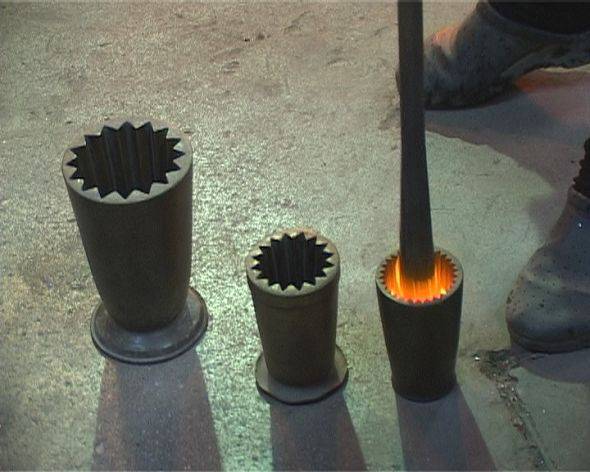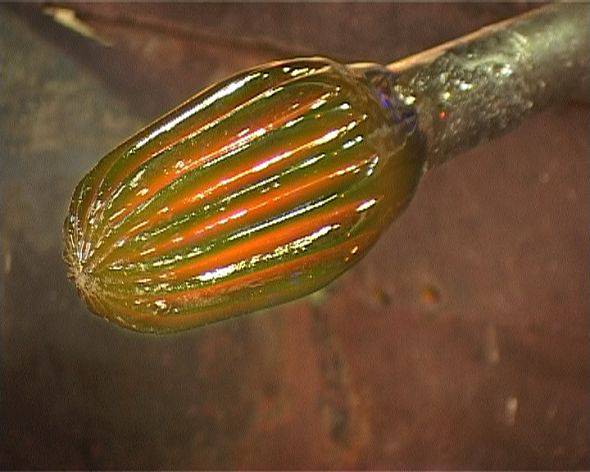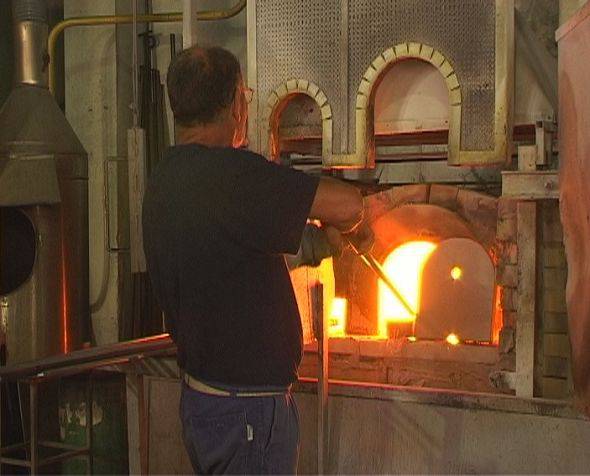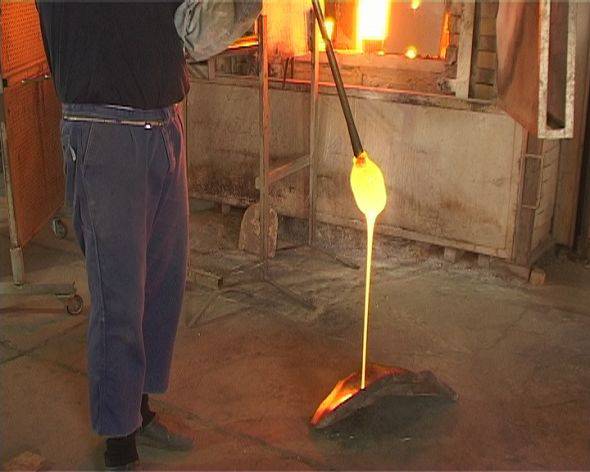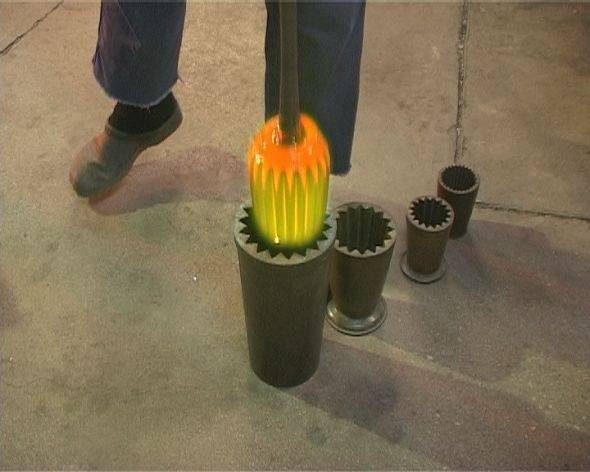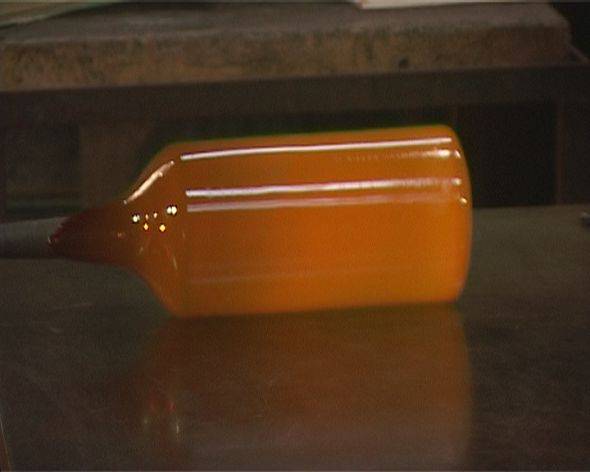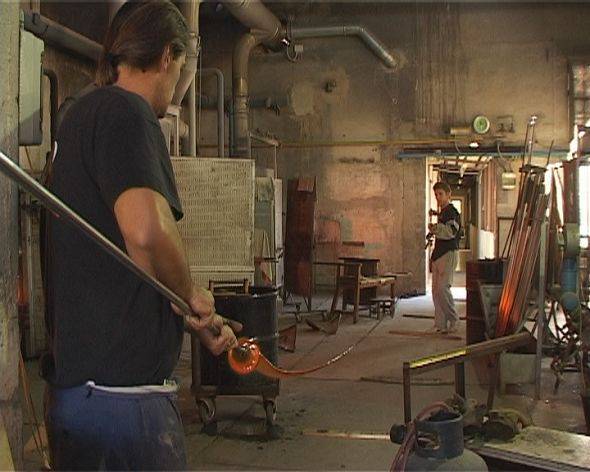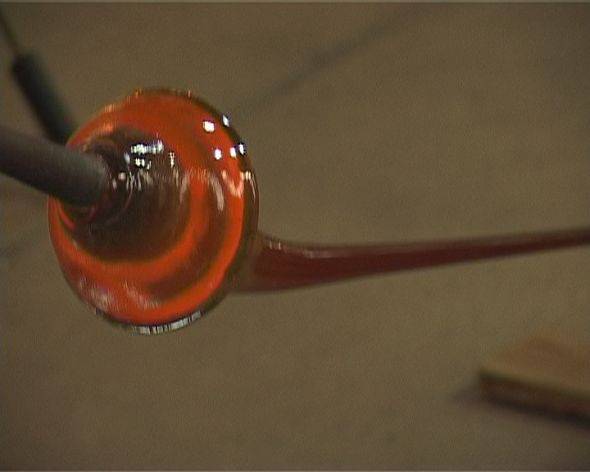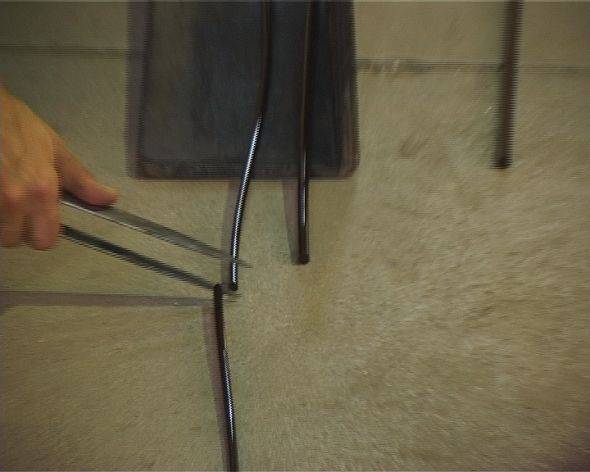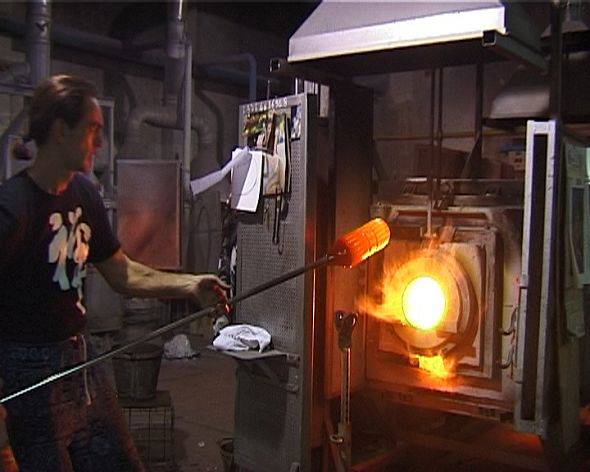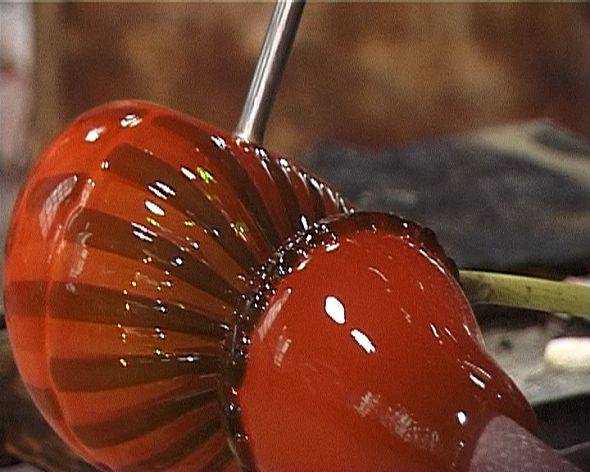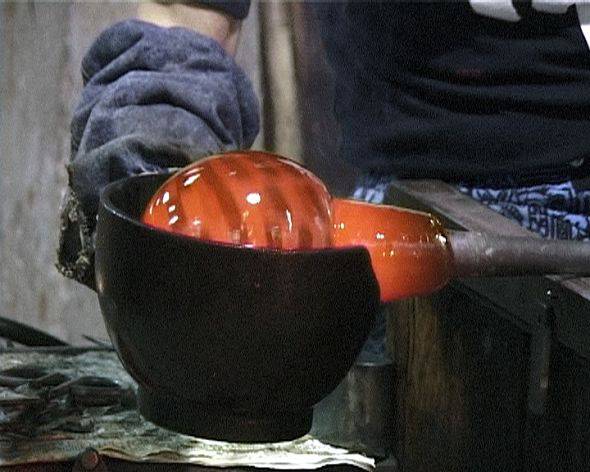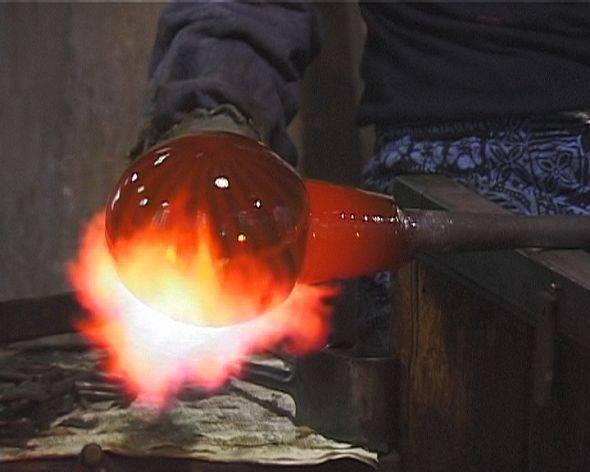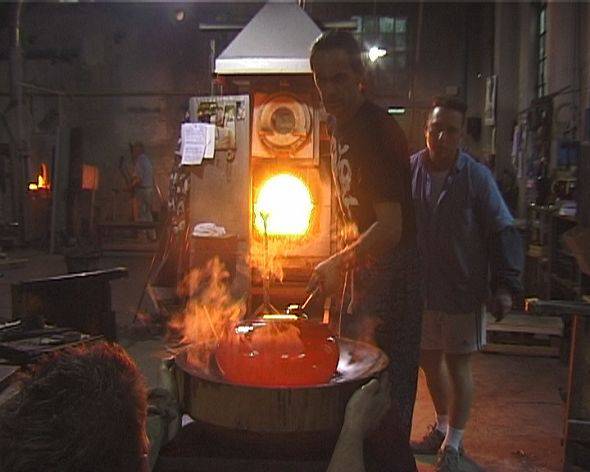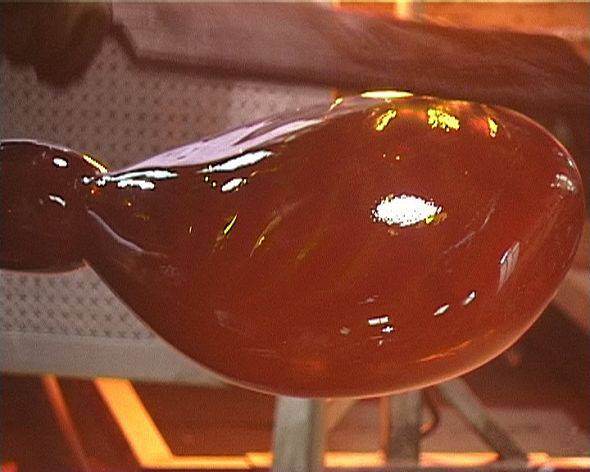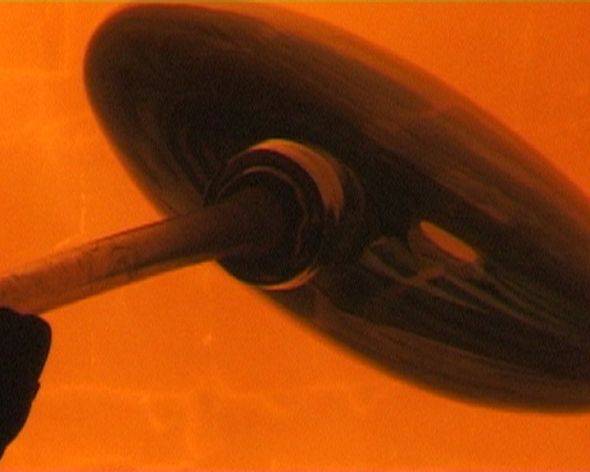Description
Glass rode have been produced since the beginning of glass making.
A short, non-holed, metal rod (in Murano, rod tool), which the craftsmen called canner, is used to gather an appropriate amount of glass which is given a cylindrical form, marvered on a bronzìn (metal surface).
If a holed rod is required, a length-wise depression is imprinted on the inside with a tool, and the cavity is closed by immersing the glass again in the crucible.
Then another short rod is attached to the other end of the cylinder (pastòn, in Murano), which had already been prepared with a small quantity of glass (conzaùra, in Murano).
Two glassworkers hold the two tools and quickly go in opposite directions from each other, shaking the rods in a manner tried and tested for centuries and lean the glass rods on thin wooden slats placed along a corridor, for fifty metres of more.
The rod is immediately cut into long segments. Annealing and slow cooling is not required.
Non-holed and millefiori rods are made in the same way.

